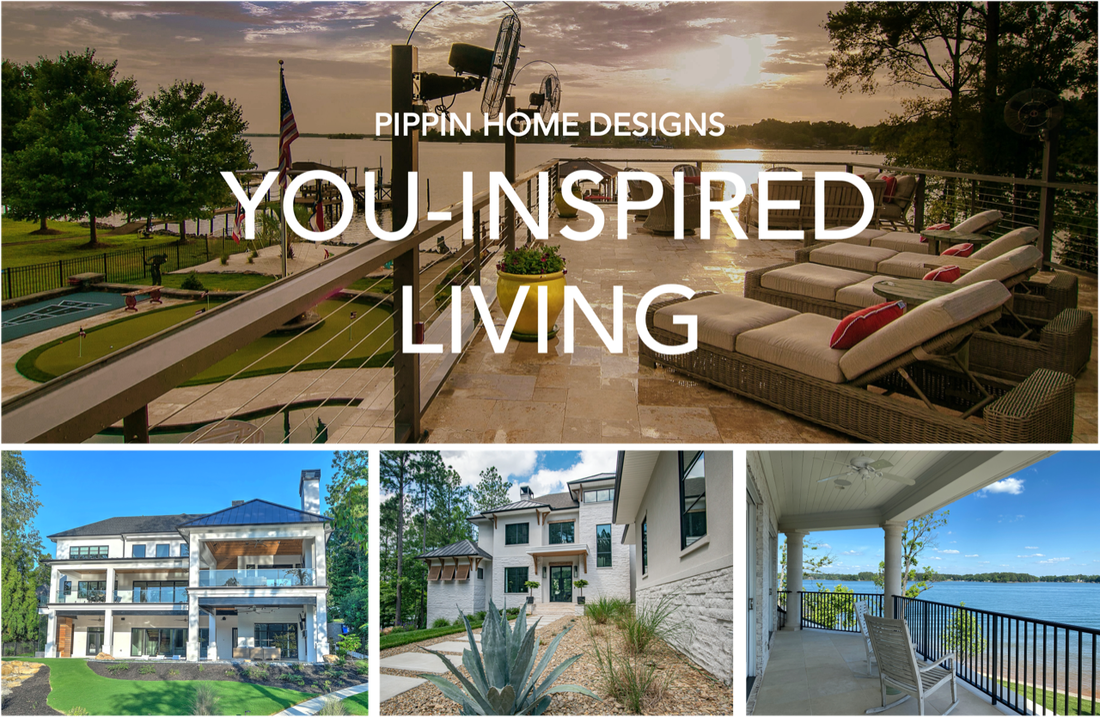
 We are mentally and emotionally impacted by our surroundings, whether we consciously realize it or not. The science of neuroaesthetics helps us understand more about how we’re affected by the built environment around us. Utilizing this knowledge can help us combine useful design techniques to create homes that better support mental health and wellbeing. In this first blog of the Happy by Design Series, I open the conversation about how your home affects your mental health. I introduce the new science of neuroaesthetics and offer a visualization exercise that will help you embody the subliminal sensations created by different built environments. What is Neuroaesthetics? Neuroaesthetics is a relatively new discipline that studies the neurological impact of experiencing aesthetic beauty through the involvement of the brain and autonomic nervous system. Until recently, the arts and sciences were thought of as separate disciplines, rarely overlapping, and looked at as competing elements of human expression and comprehension. Now, science is being used to gain a greater understanding of how humans are affected by art, why we have an emotional reaction to beauty, and feel attracted to certain spaces while repelled by others. As a meaning-seeking species, our brains instinctively and automatically try to make sense of our surroundings. Every second, 11 million bits of information come into our human mind through our five senses. However, we’re only conscious of 50 bits per second! This means that to a very large degree, we are interacting with the world around us mostly unconsciously. Note: To learn more about neuroaesthetics, attend the Science in Design Summit: evidence based educational sessions on the convergence of science in design and the impact on client health. Attendance is in-person or virtual with dates till the end of the year in locations around the nation and Canada. The Autonomic Nervous System and its Effect on Mental Health The autonomic nervous system is the part of the nervous system that controls all unconscious processes within the body, from heart rate and blood pressure to respiration and digestion. It’s the body’s control center that involuntarily responds to the incoming millions of bits of data per second. The two main branches of the autonomic nervous system are the sympathetic and parasympathetic nervous systems, and each has a very specific and opposing function. The sympathetic nervous system is often referred to as “fight or flight”. This is the part of the nervous system responsible for elevating alertness with higher levels of adrenaline and cortisol, increased heart rate and increased blood pressure, aiding in your ability to react quickly to a stressor. The parasympathetic nervous system is referred to as “rest and digest.” It’s responsible for lowering heart rate, lowering blood pressure, and inducing a sense of calm, peace, and relaxation. For millions of years, humans evolved to live in a healthy homeostatic state of autonomic nervous system responses. We lived lives of mostly “rest and digest” with temporary moments of “fight or flight” when danger presented itself or an elevated state of performance was required for hunting or problem solving. Today, we have become so far removed from this mostly “rest and digest” way of life, however our autonomic nervous system has not evolved as quickly as our advances in technology, economy, societal norms, and the built environment in which we live, all of which tend to trigger higher occurrences of sympathetic responses. It’s unhealthy and dangerous to remain in a continuously elevated sympathetic state. Consistent activation of the sympathetic nervous system leads to mental health issues like chronic stress, anxiety, and depression. How Your Home Affects Your Mental Health When at home, your autonomic nervous system is receiving those 11 million bits of information per second about the built environment around you and your body is responding by engaging either the sympathetic or parasympathetic response. Subliminal incongruences within the home (design that doesn’t make sense to your brain or is displeasing), clutter, and spaces that make you feel disconnected from self and others can trigger the sympathetic nervous system and lead to mental distress. Coherent design, beauty, and spaces that aid in a sense of connection can trigger the parasympathetic response, leading to a more balanced homeostasis within the nervous system and a greater degree of mental health. Many additional factors contribute to conscious and subconscious mental and emotional responses to your home. How beautiful you view your home to be, the colors used throughout your home, how functional the spaces are within the home and how well they flow together, the views offered from your living spaces, how much natural daylighting is being utilized, and the degree to which your home mimics patterns found in nature all play a significant role in how you FEEL in your home. Conscious and intentional design can employ these different design techniques to assure your home supports your mental wellbeing. Visualization Exercise 1: Feel Your Response to Different Built Environments Imagine you’ve been invited to a weekend writing retreat held by your favorite author at his personal home. You’re super excited as the taxi drops you off in front of his house. You approach the home, though it’s difficult to tell where the front door is. After investigating for a bit, you find an entry around the side. You enter, unsure if anyone is home. It’s dark inside even though it’s a bright sunny day. The windows are small and look out to the neighbors’ homes on either side. The windows on the back of the home peer out over simple wooden stairs that lead to a large yard thick with overgrowth. The color of the paint on the walls is hard to make out because the light quality is so poor, but it looks like beige or maybe a greying off white. It smells kind of strange…not bad, but not good either. You look around and notice you’re surrounded by lots of clutter, boxes of items that never found a home, tables covered with things that are likely used every day and things that haven’t been used in years. You walk from small square boxy room to small square boxy room, separated by narrow doorways and long corridors. You’re shown which room is yours, the one right by the kitchen. The room is cramped with too many pieces of furniture and a small desk placed up against the wall. This is to be your writing space for the weekend. Pause. Close your eyes. How do you feel in your body? Do you feel calm? Anxious? Safe? Scared? Stressed? Do you feel comfortable or is there a level of discomfort? Do you feel inspired? Excited? How do you feel your ability to creatively write in this space will go? You might be dreading the weekend or regret signing yourself up for the retreat. Visualization Exercise 2 Now erase the previous image from your mind and imagine another scenario… This time the taxi drops you off at a humble yet beautiful house. It’s smaller than the houses around it though it’s more appealing for some reason. You can look right through the large front windows to see lights on. Some of the other guests have already arrived. The front door is inviting and located in the front center of the house. You push the door open to reveal a gorgeous view all the way through the home on to the beautifully landscaped backyard complete with water features, bird feeders, and multiple covered sitting areas amongst the gardens. The home is bright, airy, open, and smells of fresh cut flowers. The layout of the home flows seamlessly from space to space, a perfect mix of communal areas and cozy little nooks. Everything is clean and organized with secret cubbies built into the walls, under the stairs, and behind doors. You notice each room is a different color with an accompanying theme involving potted plants and patterns that look like designs found in nature. Some of the rooms make you feel uplifted, energized, and intrigued. Other rooms feel calm, serene, and relaxing. You’re shown to your room in a quiet wing of the house, away from the communal spaces. The room has a large plush bed with plenty of room to navigate around it, clear views through the large bay window out to the gardens, a closet for your belongings, and a door that leads to your own private bathroom. You notice there’s no work desk. This is a sleeping and relaxing room only. Pause again and close your eyes. I’ll bet your smiling now. Notice the significant difference this imagined home can make you feel. Now imagine that you get to live in a home that makes you feel this good all the time. It’s more possible than you think! Visualization Exercise 3: Your Home Now let’s explore the way YOUR home makes you feel… Close your eyes and imagine yourself as a guest at your own home. Standing in front of your house, take a close look at the front exterior. Where are the windows, the front door, is there a walkway that leads you in or do you enter through the garage? What room do you enter into and what is the first thing your eyes land on as soon as you enter? What is the feeling this initial inside view gives you? Does it feel homey or is there something you’d prefer to feel? Take a nice slow walk around your house recalling as many details as possible. What color are your walls? How tall are your ceilings? How does the floor feel beneath your feet? What do you see out of your windows? How much natural light do your windows let in? What is the layout of your home? Does it work for you? Could it flow better? Where are the spaces you spend the most time? Do you have separate spaces for relaxing and for work? Do you have spaces conducive to communal connectivity with family and loved ones? What about spaces for solitude and privacy? All of these components matter and profoundly impact the way you feel in your home. It’s important to note that much of the way a home triggers mental and emotional responses has little to do with taste or style. Strategic design techniques can be used to incite feelings of safety, happiness, inspiration, and mental wellness, no matter what your personal tastes are. These are design techniques able to be utilized by everyone! The Opportunity to Support Mental Health with Home Design Not only are homes a place of safety and refuge but they are the one environment we will interact with more than any other environment in our lives. Considering that we are so heavily influenced by our surroundings, it’s high time that designers and architects begin designing more conscious homes capable of helping people thrive in life. Residential designers and architects alike are catching on that we have a moral responsibility to design and build homes that support the mental wellness of inhabitants. At Pippin Home Designs, we’ve instinctively known this, and for over 35 years we’ve created homes that have allowed our clients to realize joy and happiness in beautifully designed spaces. Stay tuned for our upcoming blogs where I dive deeper into the design elements of beauty, color, functionality, views, natural daylighting, and biophilia, and how they all contribute to a home, happy by design. I intend your home is a source of happiness for all your years to come. Inspired by you, Jenny Pippin, CPBD, FAIBD, CGP
Pippin Home Designs
2 Comments
Bernie Kern
5/20/2022 11:37:09 am
Thank you. What a great article. I am in the process of doing some major remodeling as my wife and I plan for my mother to move in with us. Creating a healthy home for my mother and for myself and my wife are going to be critical. I look forward to the continuation of this series as I plan to make my home better as in healthier.
Reply
5/20/2022 06:51:38 pm
Hi Bernie,
Reply
Leave a Reply. |
AuthorI am Jenny Pippin, founder of Pippin Home Designs and creator of my own inspired living. I grew up as an ordinary southern girl, working in the fields of my family’s tobacco farm. It didn’t take me long to realize I had greater gifts and so I chose to step into my power and create my own path in life, inspired by my heart’s true passion. (More on my personal story HERE!) Archives
February 2024
Categories
All
|
Award-Winning Homes with a View
Copyright 2020. Pippin Home Designs. All rights reserved.
ARCHITECTURAL DESIGN COPYRIGHT NOTICE
1987-2024 Copyright. Jennifer B. Pippin FAIBD, CPBD. Pertaining to all home designs, drawings, and photographic imagery of completed designs
presented herein. No part of the contents of the design work presented on this website may be reproduced or transmitted in any form or
by any means, electronic or mechanical, for the purpose of replication or adaptation. This material is intended to provide accurate and
authoritative information about the design abilities and expertise of Jennifer B. Pippin FAIBD, CPBD and Pippin Home Designs.
ARCHITECTURAL DESIGN COPYRIGHT NOTICE
1987-2024 Copyright. Jennifer B. Pippin FAIBD, CPBD. Pertaining to all home designs, drawings, and photographic imagery of completed designs
presented herein. No part of the contents of the design work presented on this website may be reproduced or transmitted in any form or
by any means, electronic or mechanical, for the purpose of replication or adaptation. This material is intended to provide accurate and
authoritative information about the design abilities and expertise of Jennifer B. Pippin FAIBD, CPBD and Pippin Home Designs.

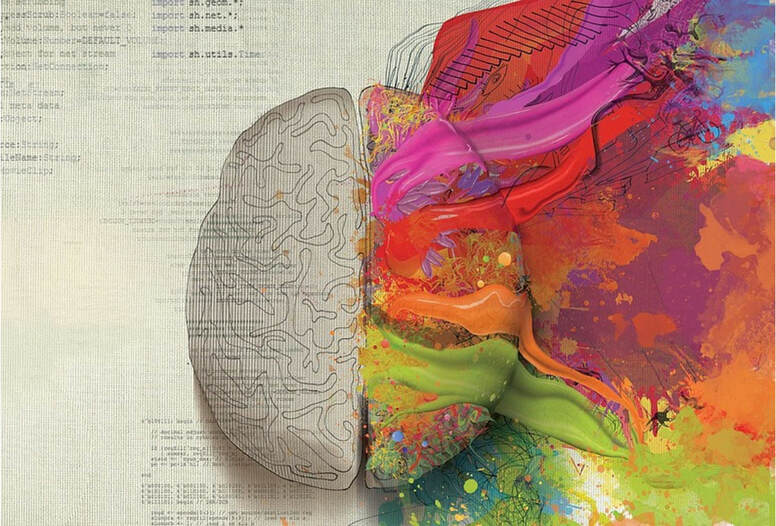

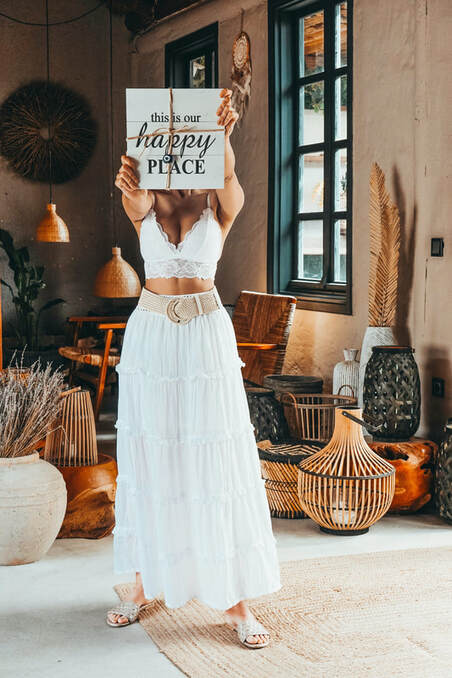
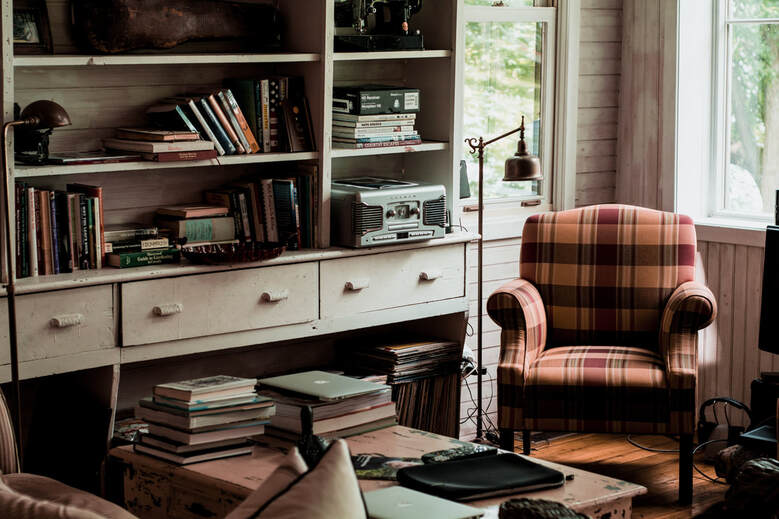
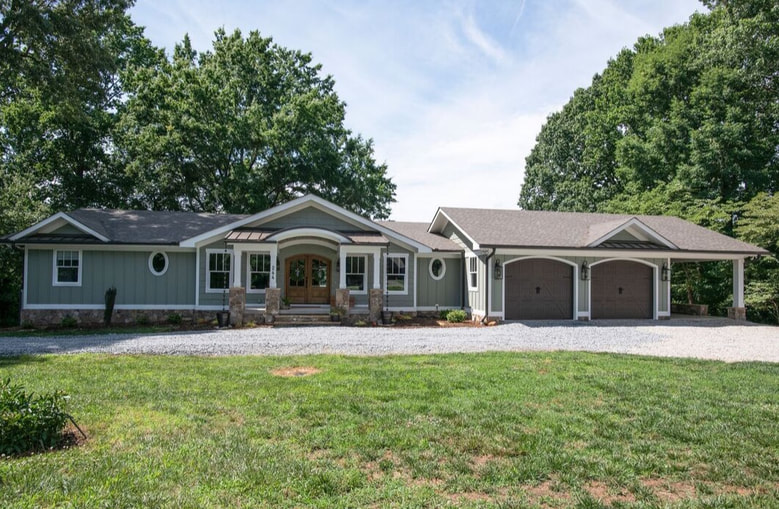
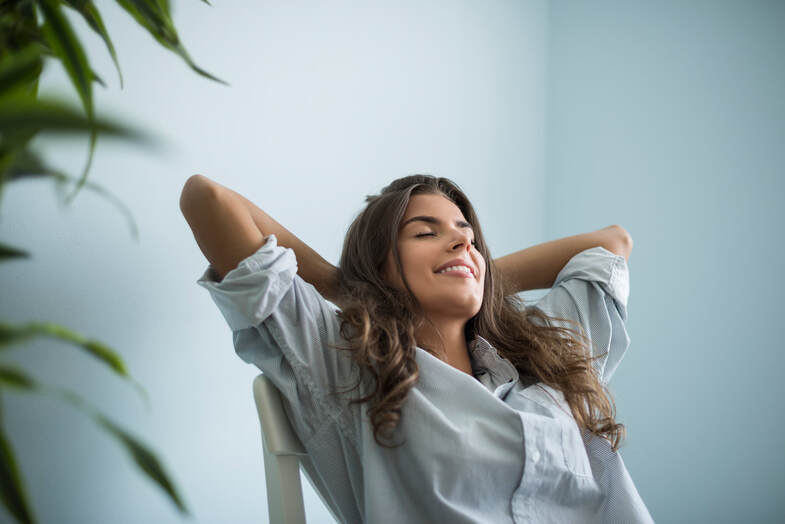
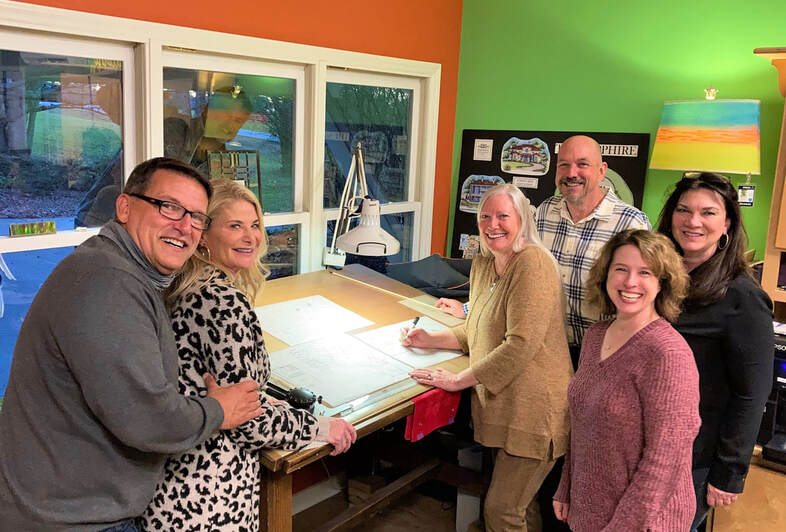

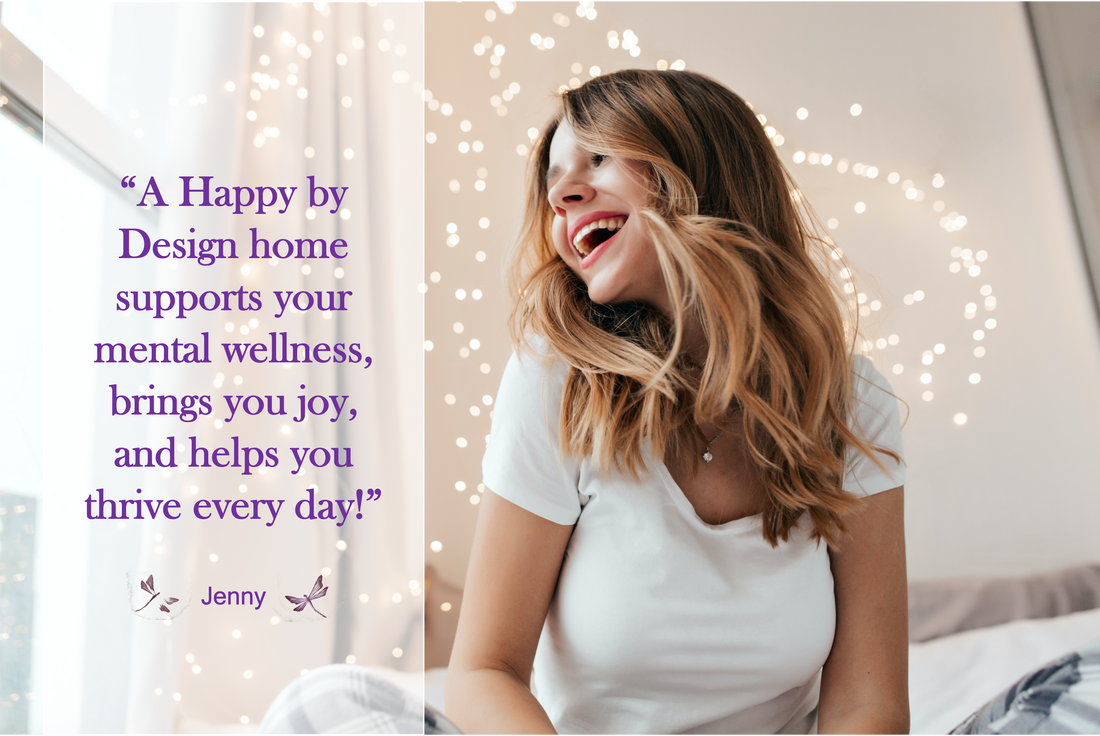

 RSS Feed
RSS Feed
